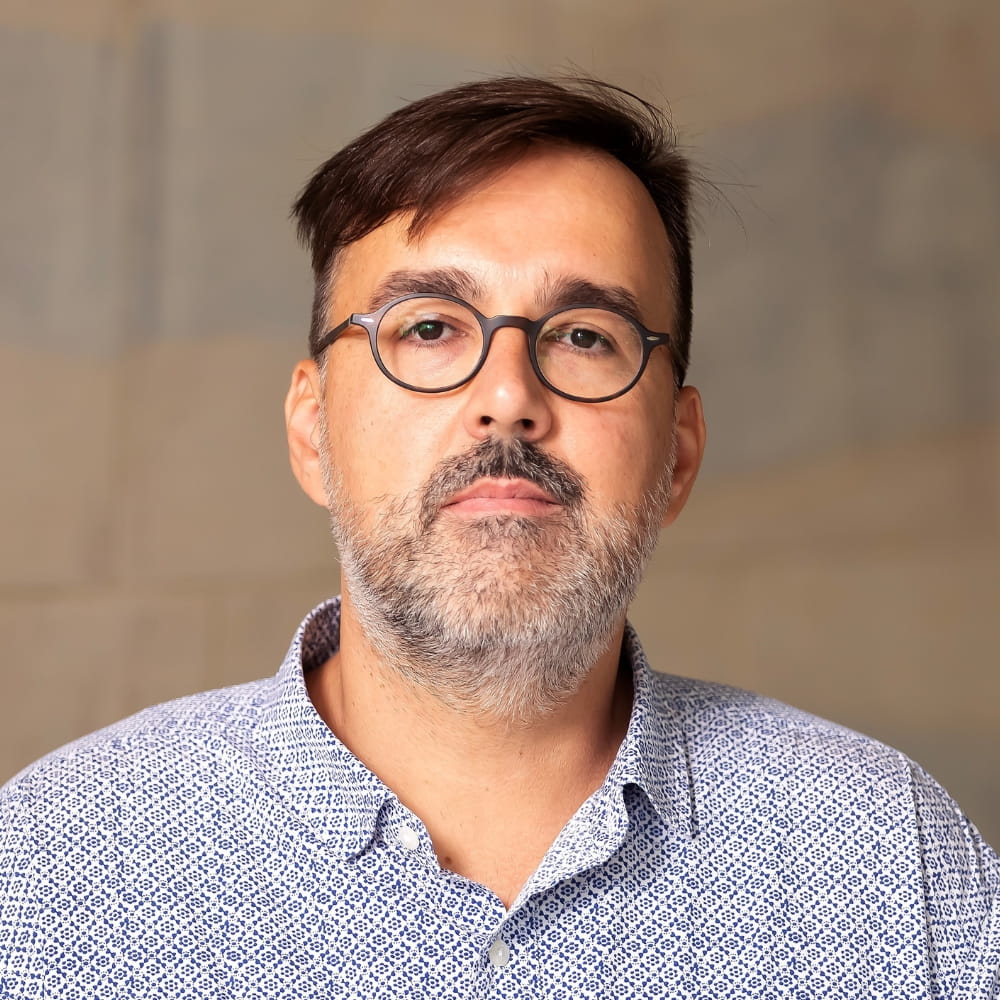Dr Nikolaos Fytas is leading a ground-breaking new project which aims to provide concrete answers to problems that have been defying physicists for more than 40 years – the theory of disordered systems.
His research will aim to explore the failure of the perturbative renormalisation group, the reported universality violations, and the incomplete scaling description of these systems.
We sat down with Nikolaos to find out more about his project, how it fits in with his previous research and one of his biggest inspirations from the world of physics:
Tell us about your new research project and what it will involve?
Understanding the effects of frustration and quenched disorder in condensed matter physics has immense technological consequences that reach up to the design and construction of quantum annealing devices used for future technologies of quantum computers.
A vast amount of research has failed to reveal the physical mechanisms at play due to the rough energy landscape of these systems that disarms analytical and numerical approaches.
Fortunately, years of consistent effort have enabled me to develop exceptionally versatile tools, including some extremely powerful numerical and theoretical approaches, that have unblocked the path towards a direct attack on the problem.
Using this new toolbox of methods, the proposed project aims at clarifying the effects of random fields, one of the most common yet less understood types of disorder with many experimental analogues in physics, on a variety of spin models and unveiling their critical behaviour and universality principles. In addition, we also intend to clarify other ambiguous theoretical conjectures, like supersymmetry and dimensional reduction.
What do you hope your research project will achieve and why is it important?
The overall goal of this project is to scrutinise the effects of quenched disorder on the critical behaviour of magnetic systems. This work is novel in that previous research has failed to reveal the physical phenomena at play due to the lack of a proper computational toolkit which is now at hand.
A crucial measure of success is the uncovering of a hidden mapping between abstract mathematical objects to numerically fine-tuned parameters through a tailored implementation of state-of-the-art techniques.
The results are expected to feature novel physical phenomena in condensed matter physics due to the combination of disorder and interactions (e.g., rare, and collective events, nonperturbative effects, etc.) that cannot be tracked in clean counterparts.
On the experimental side, our work is expected to unlock future technological advances in the area of solid-state materials, as most real-life systems contain various types of random imperfections including vacancies, impurity atoms, and defects.
Tell us about your previous research and what you did before you came to Essex?
I joined the University of Essex, UK, in September 2023 as a Reader in Applied Mathematics. Before arriving to Essex, I was working as an Associate Professor at Coventry University and before that I held several postdoctoral research positions including the Complutense University of Madrid, Spain, the Research Centre Demokritos in Athens, Greece, and the National and Kapodistrian University of Athens, Greece, where I also completed my undergraduate and postgraduate studies in Physics.
The motivation of my research is the accomplishment of a deeper and unified understanding of complexity in physical systems but also beyond physics as well. My main activity during the last few years falls into the area of phase transitions in disordered systems.
In this respect, I have developed powerful numerical and theoretical approaches at different scales, from Monte Carlo methods to optimisation and from renormalisation group to supersymmetric theories in condensed matter physics.
Tell us about one of your biggest inspirations in your industry?
Professor Giorgio Parisi (the 2021 Physics Nobel Prize laureate) is by far the most exceptional person I ever came across in my academic career. He is a brilliant scientist, a tireless mentor who keeps inspiring us and I feel so privileged to have the opportunity to be close with him.
In fact, our collaboration dates to 2017 when we started working together to unveil some interesting properties of a very important model in condensed matter physics, the random-field Ising model.
In fact, Prof Parisi has been one of the pioneers in the study of random-field problem.
Combining our expertise and have been able to achieve the breakthrough in this field of theoretical physics. Up to this moment our collaboration led to three publications, as listed below, and a couple of more are expected in the coming year.


